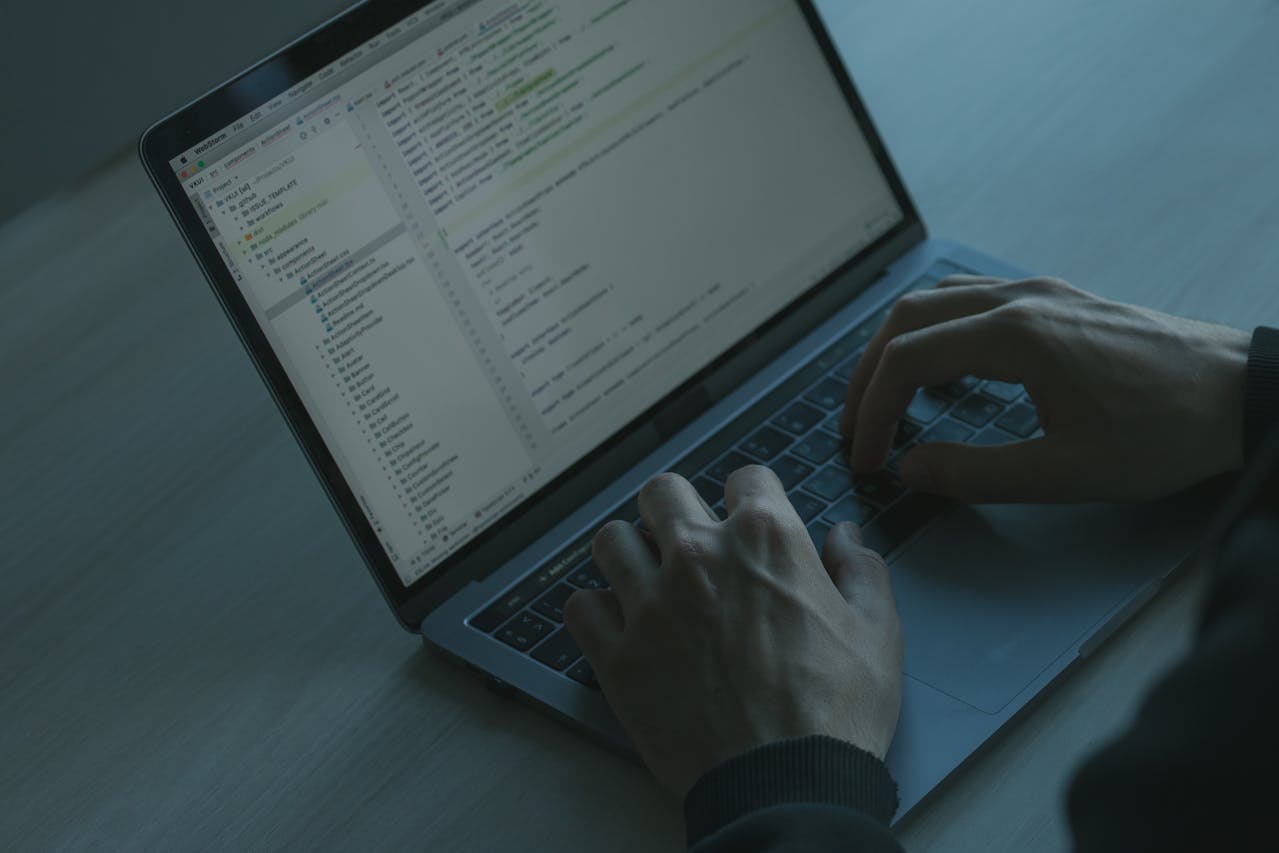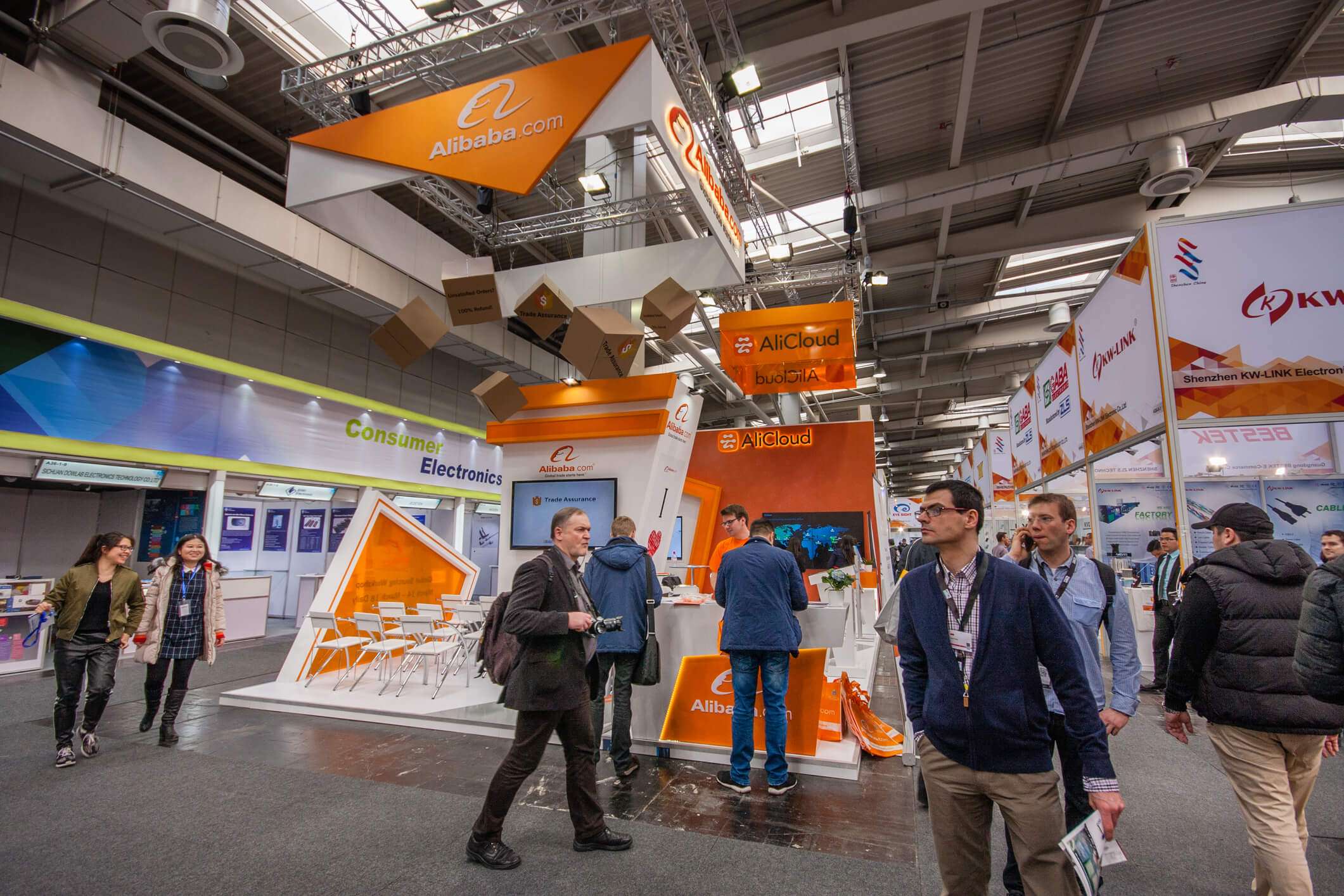Revamping Workforce Training in the Manufacturing Industry
Are you looking to work in the manufacturing industry? Or perhaps you are already working in this field and want to further develop your skills and knowledge? Whatever your reasons may be, it is clear that workforce training plays a crucial role in the success of any individual or organization within the manufacturing sector.
In recent years, there has been a growing emphasis on revamping workforce training programs in the manufacturing industry. This is due to the rapid changes and advancements in technology, as well as the increasing demand for highly skilled workers in this sector.
In this article, we will discuss the importance of revamping workforce training in the manufacturing industry and explore some effective strategies for achieving this.
Importance of Revamping Workforce Training
In today’s fast-paced and competitive world, organizations must have a highly skilled and adaptable workforce. This is especially true in the manufacturing industry where technology is constantly evolving, and new processes are being introduced.
Revamping workforce training can help organizations keep up with these changes and ensure that their employees have the necessary skills and knowledge to operate new equipment and technologies. This not only improves productivity but also reduces the risk of accidents or errors due to lack of training.
Furthermore, in an industry where safety is a top priority, revamping workforce training can also contribute to creating a safe working environment for employees.
Strategies for Revamping Workforce Training
One effective strategy for revamping workforce training in the manufacturing industry is partnering with equipment manufacturers. These manufacturers have a deep understanding of their equipment and can provide specialized training for operating and maintaining them. This not only ensures that employees are trained on the specific equipment used by the organization but also helps to maximize its efficiency and lifespan.
Another strategy is to incorporate technology-based training methods such as virtual reality and simulations. These allow employees to learn in a realistic and immersive environment, making the training experience more engaging and effective. Additionally, these methods can be easily updated to reflect any changes in equipment or processes.
Moreover, involving experienced employees in the training process can also be valuable. They can share their knowledge and best practices with new employees, providing real-life examples and tips for success.
Implementing a Successful Revamp
To successfully revamp workforce training in the manufacturing industry, it is important to have a well-planned and organized approach. This includes conducting a thorough needs analysis to identify current skills gaps and future training needs.
It is also essential to involve employees in the process and gather their feedback and suggestions. This not only helps to tailor the training programs to their specific needs but also increases employee engagement and motivation.
Furthermore, a continuous training approach should be adopted to ensure that employees are constantly developing their skills and adapting to new technologies and processes. This can be achieved through regular refresher courses, on-the-job training, and opportunities for career advancement.
Conclusion
In conclusion, revamping workforce training in the manufacturing industry is crucial for staying competitive and ensuring the safety and productivity of employees. By implementing effective strategies and involving employees in the process, organizations can create a highly skilled workforce that is well-equipped to adapt to the ever-changing landscape of this industry. So, whether you are an individual looking to advance your career or an organization striving for success, investing in revamping workforce training is essential for long-term growth and prosperity.
Do you have any other suggestions or experiences related to revamping workforce training in the manufacturing industry? Let us know in the comments below!










